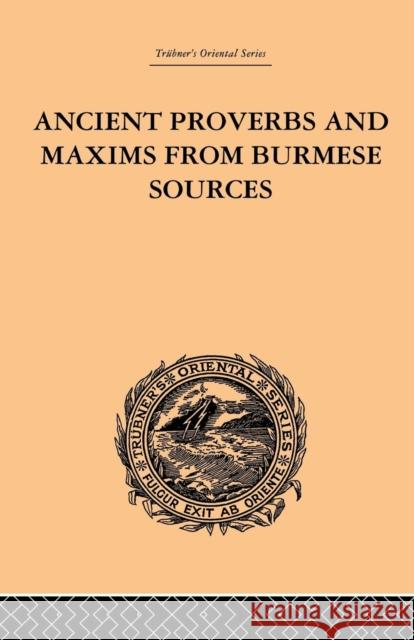Ancient Proverbs and Maxims from Burmese Sources: Or the Niti Literature of Burma » książka
topmenu
Ancient Proverbs and Maxims from Burmese Sources: Or the Niti Literature of Burma
ISBN-13: 9781138862210 / Angielski / Miękka / 2014 / 196 str.
Ancient Proverbs and Maxims from Burmese Sources: Or the Niti Literature of Burma
ISBN-13: 9781138862210 / Angielski / Miękka / 2014 / 196 str.
cena 223,87
(netto: 213,21 VAT: 5%)
Najniższa cena z 30 dni: 216,55
(netto: 213,21 VAT: 5%)
Najniższa cena z 30 dni: 216,55
Termin realizacji zamówienia:
ok. 22 dni roboczych
Bez gwarancji dostawy przed świętami
ok. 22 dni roboczych
Bez gwarancji dostawy przed świętami
Darmowa dostawa!
First published in 2000. Routledge is an imprint of Taylor & Francis, an informa company.











